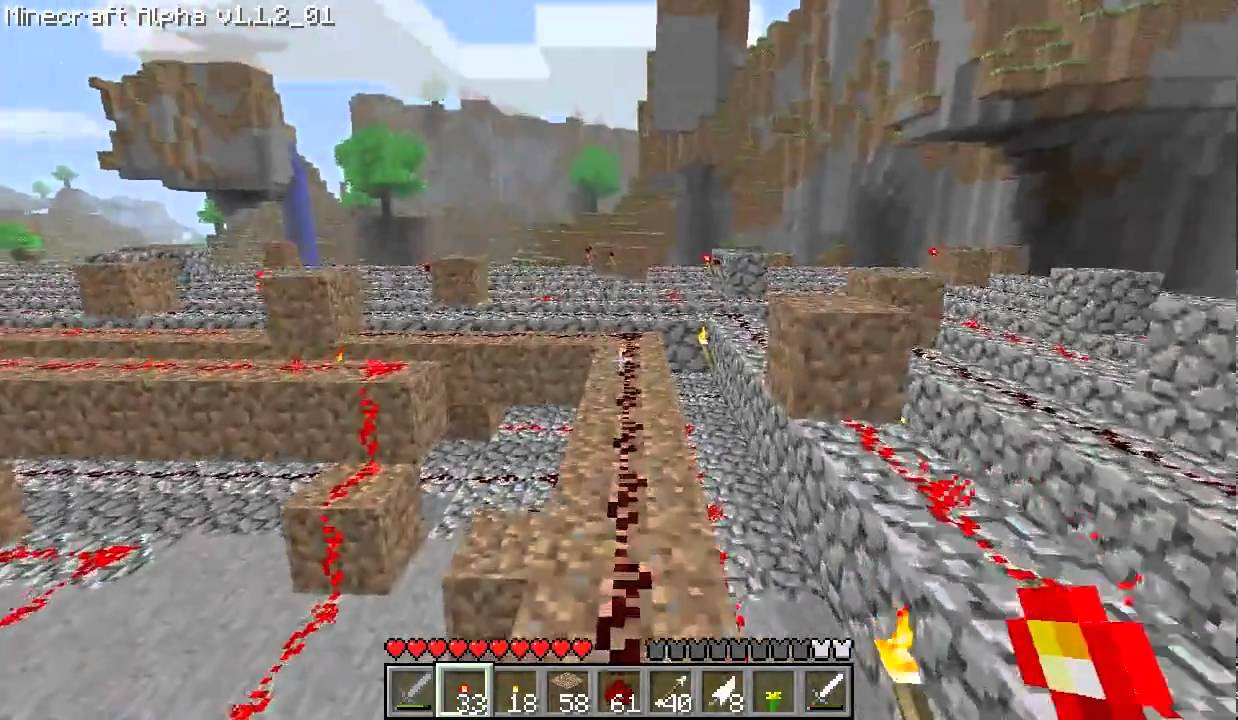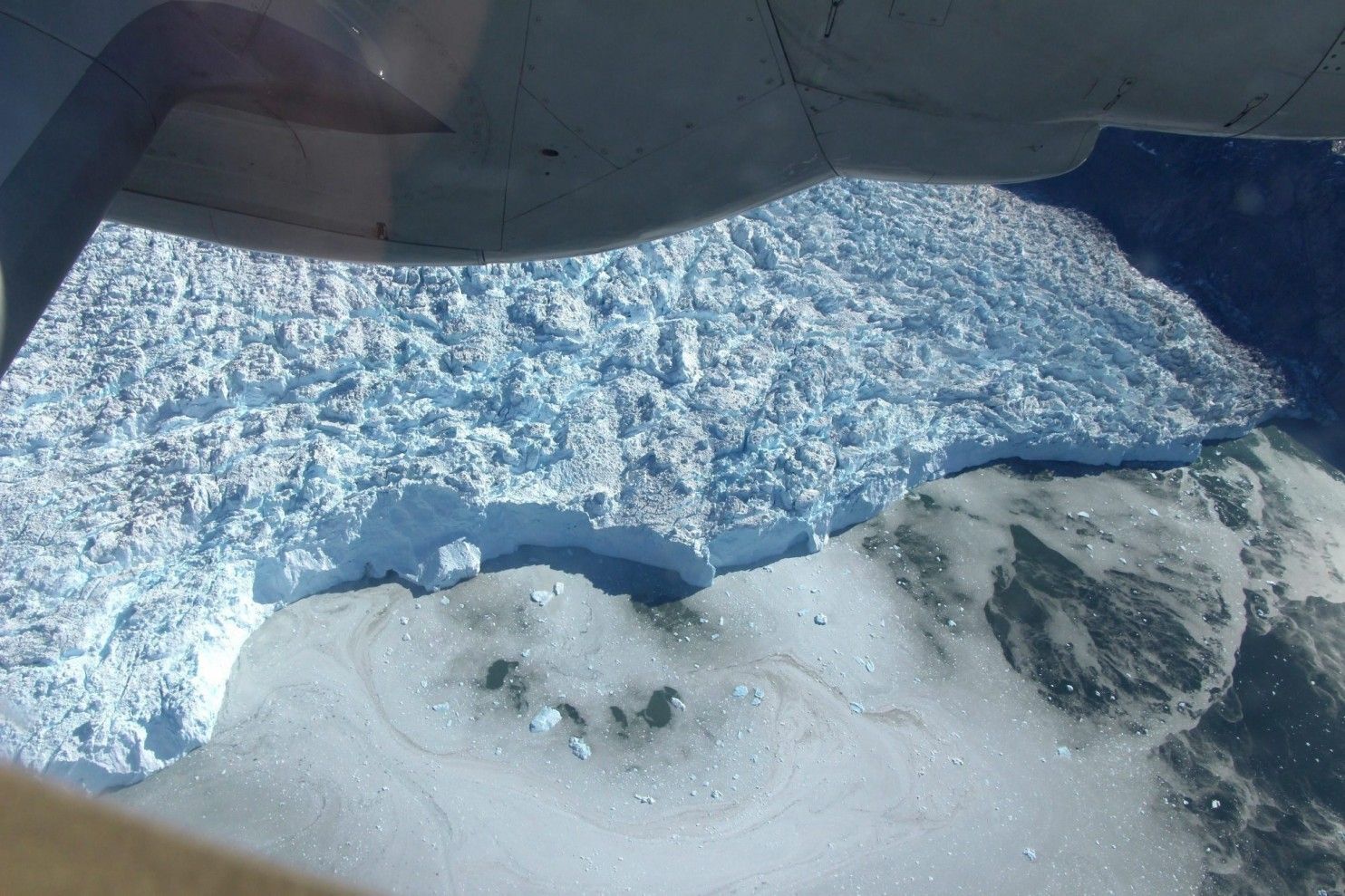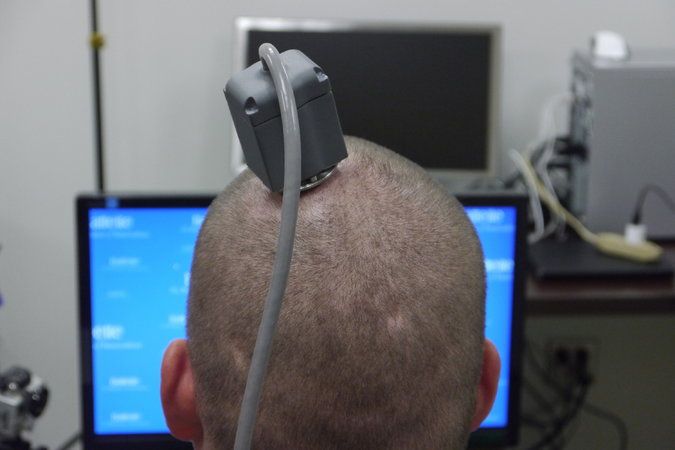Archive for the ‘science’ category: Page 126
Jul 27, 2016
The Pro-Science Presidential Candidate
Posted by Zoltan Istvan in categories: geopolitics, science, transhumanism

A 6-min interview on transhumanism with The Young Turks from the Democratic National Convention in Philadelphia:
TYT’s Jimmy Dore spoke with Zoltan Istvan, the Transhumanist candidate for President of the United States. Istvan touched on the importance of scientific advancement in American politics, and discussed the unique aspects of the Transhumanist Party.
Jul 26, 2016
Welcome to Lab 2.0 Where Computers Replace Experimental Science
Posted by Karen Hurst in categories: chemistry, computing, mobile phones, physics, science, solar power, sustainability

We spend our lives surrounded by high-tech materials and chemicals that make our batteries, solar cells and mobile phones work. But developing new technologies requires time-consuming, expensive and even dangerous experiments.
Luckily we now have a secret weapon that allows us to save time, money and risk by avoiding some of these experiments: computers.
Continue reading “Welcome to Lab 2.0 Where Computers Replace Experimental Science” »
Jul 26, 2016
Building a Better Human With Science? The Public Says, No Thanks
Posted by Aleksandar Vukovic in categories: bioengineering, biotech/medical, computing, neuroscience, science
The public was unenthusiastic on all counts, even about protecting babies from disease.
Americans aren’t very enthusiastic about using science to enhance the human species. Instead, many find it rather creepy.
A new survey by the Pew Research Center shows a profound distrust of scientists, a suspicion about claims of progress and a real discomfort with the idea of meddling with human abilities. The survey also opens a window into the public’s views on what it means to be a human being and what values are important.
Continue reading “Building a Better Human With Science? The Public Says, No Thanks” »
Jul 26, 2016
Olympians Look for an Edge with Brain Stimulation — By Mike Orcutt | MIT Technology Review
Posted by Odette Bohr Dienel in category: science
“Despite the lack of peer-reviewed evidence, startup Halo Neuroscience says its brain-zapping headphones have helped athletes get more from their training.”
Jul 11, 2016
3 Reasons You Are Living in the Matrix / How to Make a Red Pill
Posted by Eric Baum in categories: complex systems, disruptive technology, education, governance, government, philosophy, physics, policy, rants, science, scientific freedom
 “Appearances have always played a much more important part than reality in history, where the unreal is always of greater moment than the real.“
“Appearances have always played a much more important part than reality in history, where the unreal is always of greater moment than the real.“
–Gustav LeBon, The Crowd (1895)
I’ve gotten no substantive response to my last post on vaccine safety– neither in the comments, nor the TruthSift diagram, nor anywhere else, nor have the papers I submitted to two medical journals… but I have gotten emails telling me I’m delusional and suggesting I seek psychiatric attention. And this of course is integral to the explanation of how such delusions as vaccine safety persist so widely when it is so demonstrably a delusion: the majority who believe the majority must be right because its the majority are emotionally unwilling to confront the evidence. They assume the experts have done that, and they rely on the experts. But the experts assume other experts have been there. Ask your Pediatrician if he’s personally read Bishop et al and formulated an opinion on vaccine aluminum. Neither has the National Academy, except perhaps their members have and decided, perhaps tacitly, not to review the subject. Their decision not to review the animal literature was not tacit, they said they explicitly decided to omit it, although elsewhere they say they couldn’t find human evidence that addressed the issues. So everybody is trusting somebody else, and nobody has picked up the ball. And can you blame them? Because when I pick up the ball, what I receive in return is hate mail and people’s scorn. The emotional response cuts off any possible inspection of the logic.
On most questions where a majority with authority is facing a minority of dissenters or skeptics, the majority is delusional.
In other words, you are living in the matrix; much of what you and people believe is fundamentlaly wrong.
Reason 1, as above, is that the majority forms its view by circular reasoning, and rejects any attempt at logical discussion without considering it seriously, so it is prone to delusion.
Once the crowd concluded vaccines are safe and effective, for example, the question of whether the aluminum is damaging can apparently no longer be raised (even as more gets added to vaccines). And when I or others try to raise it, we are scorned and hated, and ineffectual in changing the opinion supported by circular reasoning. When new research papers appear that call it into question, they are ignored, neither cited in the safety surveys nor influencing medical practice in any way. This paragraph is all simple reporting of what has repeatedly happened.
Continue reading “3 Reasons You Are Living in the Matrix / How to Make a Red Pill” »
Jul 9, 2016
How Nikola Tesla Used ‘Spirituality’ & Philosophy To Learn About Reality, ‘Limitless’ Energy & Science
Posted by Karen Hurst in categories: employment, energy, neuroscience, science

I will say that many great innovators and inventors had some sort of spiritualism that they drew from to provide another angle on how to see/ perfect an idea or innovation. Jobs, Tesla, Edison, Bell, da Vinci, Carver, etc.
The Properties of Space.
Jun 28, 2016
The Top Ten Reasons I Believe Vaccine Safety Is an Epic Mass Delusion
Posted by Eric Baum in categories: biotech/medical, ethics, existential risks, government, health, life extension, policy, rants, science, scientific freedom
Its painful to bear views that make many think I’m an imbicile and dislike me. So please, if anybody has a rational argument why any of this is wrong, I beg to be enlightened. I’ve set up a diagram for the purpose that will support you to add your criticism exactly where it is pertinent. https://tssciencecollaboration.com/graphtree/Are%20Vaccines%20Safe/406/4083
(1) The National Academy’s Reviews Of Vaccine Safety
The Institute of Medicine of the National Academies has provided several multi-hundred page surveys studying the safety of vaccines, but rather than reassuring, these itemize some iatrogenic conditions being caused, and pronounce the scientific literature inadequate to say whether most others are. The 2011 Institute of Medicine (IOM) Review[1] looked at 146 vaccine-condition pairs for causality, reporting:
- 14 for which the evidence is said to convincingly support causality, the vaccine is causing the condition.
- 4 where the evidence is said to favor acceptance.
- 5 where the evidence is said to favor rejection, including MMR causing autism.
- 123 where the evidence is said insufficient to evaluate.
The 2003 IOM Review on multiple vaccines said[2]:
“The committee was unable to address the concern that repeated exposure of a susceptible child to multiple immunizations over the developmental period may also produce atypical or non-specific immune or nervous system injury that could lead to severe disability or death (Fisher, 2001). There are no epidemiological studies that address this.”
and:
“the committee concludes that the epidemiological and clinical evidence is inadequate to accept or reject a causal relationship between multiple immunization and an increased risk of allergic disease, particularly asthma.”
- None of the IOM Safety Reviews[1][2][3][4] addressed the aluminum (for example whether the aluminum is causing autism), or mentioned contaminants, or discussed animal models although they had concluded as just quoted there is generally no epidemiological or clinical data worth preferring.
(2) The Aluminum.
Alum was added to vaccines back in the 1920’s, with no test of parenteral toxicity until recently[5], because it prods the immature immune system out of its normal operating range.[6] Maybe they figured aluminum is common in the environment, but injection bypasses half a dozen evolved sequential filters that normally keep it out of circulatory flow during development. Vaccines put hundreds of times as much aluminum into infants’ blood as they would otherwise get, and in an unnatural form that is hard for the body to remove.[7][8 (cfsec 4.2)][9]. The published empirical results indicate its highly toxic.
Continue reading “The Top Ten Reasons I Believe Vaccine Safety Is an Epic Mass Delusion” »
Jun 25, 2016
Science Council to make clear position on lifting military-linked research ban
Posted by Karen Hurst in categories: law, military, physics, science, security
Interesting.
The Science Council of Japan will make clear its position on military-linked research — possibly overturning a decades-long ban — by early next year, the academic group said Friday.
A committee of 15 academics from fields ranging from physics, political science to law held its first meeting to discuss whether to revise statements released by the council in 1950 and 1967 stating that the group will “never engage in military research.”
Continue reading “Science Council to make clear position on lifting military-linked research ban” »
Jun 22, 2016
White House issues report on President Obama’s impact on science and tech
Posted by Karen Hurst in categories: biotech/medical, education, mathematics, policy, science
In 2009, President Obama pledged to “restore science to its rightful place.” He said, “We will not just meet, but we will exceed the level achieved at the height of the space race, through policies that invest in basic and applied research, create new incentives for private innovation, promote breakthroughs in energy and medicine, and improve education in math and science.”
Today, the White House released an Impact Report listing 100 things that Obama has made happen with the support of many people across research, policy, education, and, yes, maker culture. Here’s the full Impact Report. A few examples from the list:













